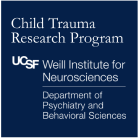Nadia, a long-time patient of Dr. Eddy Machtinger, has a regular telemedicine check-up in which Dr. Machtinger discusses the ACEs screener Nadia just filled out. Nadia doesn’t understand how asking about adverse childhood experiences is connected to her current health issues, and she’s also scared that reconnecting with her difficult childhood memories will make her feel “doomed.”
What Nadia Is Thinking as the ACEs Screening Is Discussed
- Why is my provider asking me these questions?
- What do these questions have to do with my health?
- This feels intrusive.
Learning Objectives:
- Recognize approaches to inquiring about and validating adversity, distress and strengths in ways that support healing
- Identify words and practices within the TRIADS framework that resonate with your own approach to health care
- Practice applying the TRIADS framework
Watch & Learn
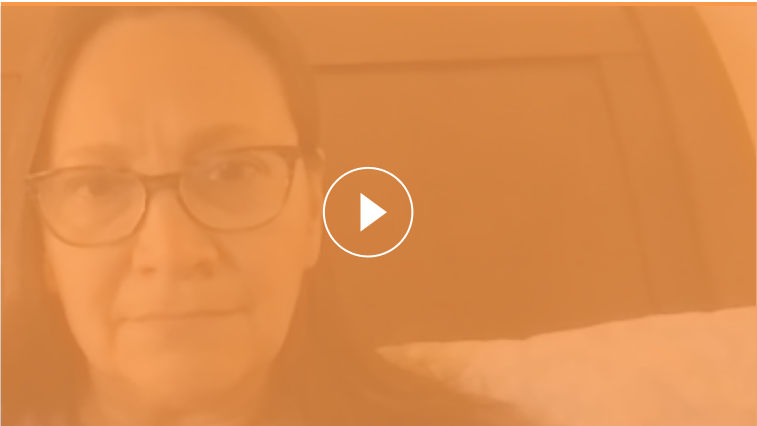
17 min
Provider Response
Dr. Machtinger addresses Nadia’s skepticism about the purpose of the ACEs screener.
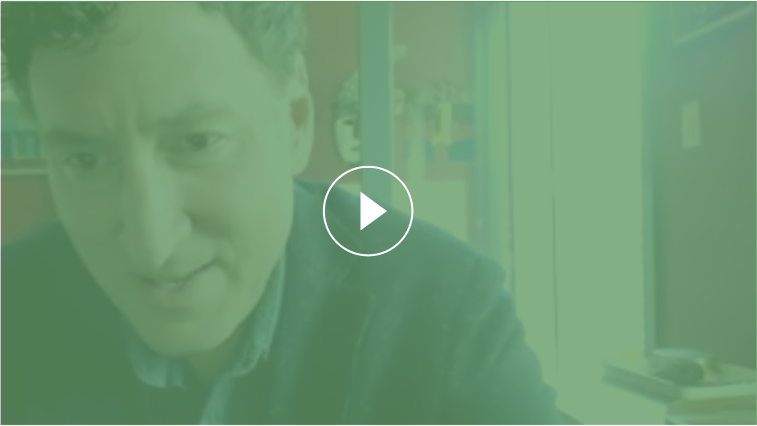
4 min
What Happens Next
In a follow-up visit, Dr. Machtinger listens to Nadia describe her plan to help alleviate her depression and responds to Nadia’s concerns that childhood adverse events may leave permanent scars.
Finding Your Own Words
Below are some commonly asked questions and an example response. The aim is to help you find your own words when communicating with your patients about the ACEs screening.
Why did I have to fill out that form about experiences from when I was a kid?
We’re doing something new in clinic now. It’s called a screening for Adverse Childhood Experiences, otherwise known as trauma. We’re just learning about how to ask patients about their traumatic experiences – those difficult things in their lives that can have an impact on them that lead to depression and other health conditions. The reason I gave that screening to you – I give it to all my patients right now – is to discuss with you whether some of those experiences are still affecting you, and whether we can help you by knowing about them.
For me, understanding that you’ve been through very difficult experiences as a child helps me understand why you might be struggling with depression now. I know those types of experiences can have an impact on people’s lives, their bodies, their brains, their minds – and lead to some struggles with depression. The reason we ask is, I have found that when both of us understand that those things may contribute to depression, it lets us have other options – more options – to figure out how to feel better.”
You prescribe pills. I don’t want to take medication for trauma…
It’s really you who will be in the driver seat for the type of care and treatment you want. Drugs have a role, but so could a therapist talking about those experiences or talking about your experiences now.”
I’m afraid that having these experiences will make me feel doomed
I’m trying to help my patients acknowledge that things happened [in childhood], and they were hard, some of them bad, but that it’s possible to heal from them and move on despite them. I believe in that possibility, because I’ve seen it in myself, I’ve seen it in my friends, I’ve seen it in my patients, and I want that for you, too, so that you don’t have to feel like these are experiences that will plague you for the rest of your life, because they don’t have to.”
Reflective Practices
Self Reflection
Now that you’ve reviewed the scenario above, reflect on the questions here, either on your own or in a group setting:
- How do you think that went?
- What do you think went well and what could have been improved?
- What language could you see yourself using when conducting an ACEs screening?
- How might this scenario be different if it were in person rather than telehealth?
Mentoring Moments
After you’ve had a chance to reflect on your own, view a conversation between the health care team and Dr. Alicia Lieberman, Professor of Psychiatry at UCSF and Director of the Child Trauma Research Program.
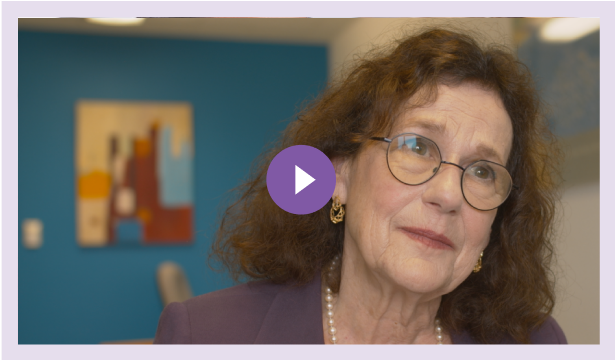
Provider Response
Dr. Eddy Machtinger and Dr. Alicia Lieberman review how to effectively respond to Nadia’s comment that she feels “doomed” in linking childhood adversities to current struggles. Eddy also describes why he takes an authentic and improvisational approach to relational healing, rather than relying on detailed checklists and scripts.
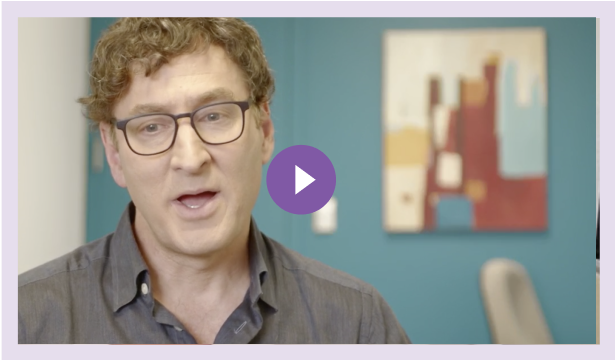
What Happens Next
Dr. Eddy Machtinger observes that this particular follow-up visit was brief, and that Nadia didn’t go into too much detail compared to the prior encounter. That’s to be expected, says Dr. Alicia Lieberman, who notes that patients may seem removed and put up barriers in a visit that follows a particularly intense encounter.
Now You Try It
Note: This is intended for all members of the health care team. Remember that we’re all learning and that there are no mistakes.
Review
- Find the words and the body language from the Watch and Learn section that feel comfortable for you and that you can envision using in your conversations with patients.
- Jot down some of the suggestions from the Reflective Practice section that were most helpful to you.
- Now take a moment and visualize yourself running through this scenario with a patient.
Practice
- On your own or with another person, practice using the words and the body language that convey the message that you want. Alternatively, you can record a voice memo or video on your phone so that you can play it back to review. You may also get feedback from a trusted colleague or friend.
- In a group setting, pair-share or self-reflection, consider these questions:
- What came easy to you? What would take some work?
- What do you think you are doing well?
- What do you need some practice with?

